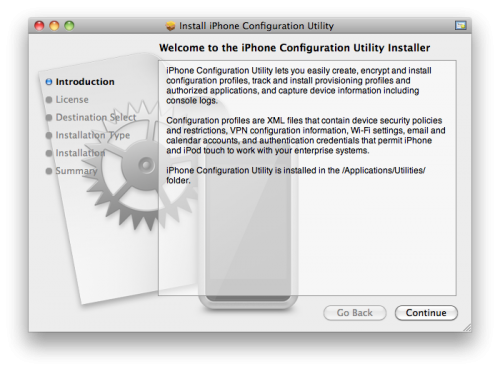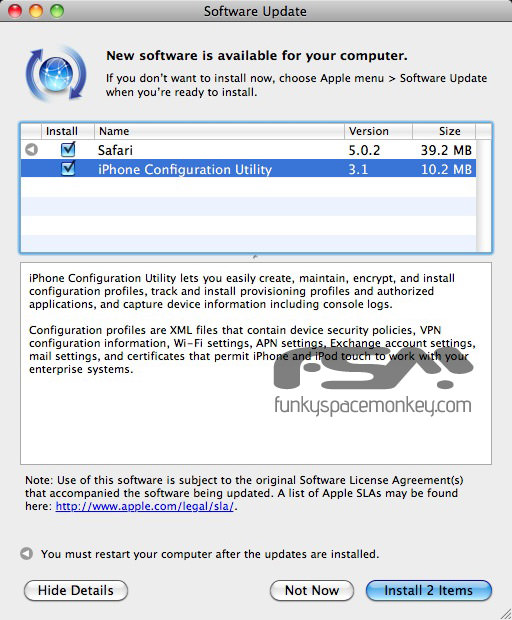
In the resulting configuration panel you will be able to adjust your modifier key settings. To check for or adjust the modifier key assignments, go to the "Keyboard" tab of the Keyboard system preferences and click the "Modifier Keys." button at the bottom of the window. By default the modifier keys on the keyboard invoke their respective functions (that is, the Option key issues the "option" input to the system, and likewise for the Control, Caps Lock, and Command keys) however, OS X does support an option to change these keys around, which if done will alter how most hot keys work. Sometimes the problem might not be with the shortcuts being used, but rather with the modifier key configuration of the keyboard. If modifier keys do not seem to be working, check their assignments in the System Preferences. If you cannot find your shortcut and have not created any custom ones, you can click the "Restore Defaults" button under the shortcut list to clear out any potential changes that might be causing your problem. The shortcuts are categorized in the left-hand column and listed next to their respective modifier key on the right-hand column, along with a check box for enabling or disabling the shortcut. In this case instead of removing configuration files, first try checking the Keyboard Shortcuts section of the Keyboard system preferences to see if the expected shortcut for a given function has changed. To do this, open the Terminal utility and run the following command:Īnother issue with keyboard configuration might be a specific hot key not working properly, or hot keys not working at all.

If the keyboard is still not working, then the last option to try with your user account is to remove the global preferences file, which contains language and input settings for your user account. With these preferences gone, simply log out and log back in, and try using the keyboard again. If hot keys are not working as you expect, then try setting them back to their defaults. After doing this, go to the "ByHost" directory within the preferences folder and remove all files that start with "" in their names (sorting the list alphabetically will help locate these files). In this folder locate and remove the file called "," which is one of two preference files for "human interface" devices such as keyboards. Usually issues with keyboards are rooted in the user's account, and to tackle them first go to the user library (in Lion you will have to press the Option key and choose the Library from the Finder's "Go" menu), and then go to the Preferences folder in the Library.
APPLE CONFIGURATION UTILITY DOESNT WORK BLUETOOTH
If so then you know the problem has to do with a configuration in your account only and is not a global issue.Īnother quick option to try is replace the batteries for Bluetooth or other wireless keyboards, as this is a common reason why a wireless keyboard will stop working properly (though the system should notify you when the batteries are low). To do this, simply log in to another user account (create one for testing purposes in the Accounts or Users & Groups system preferences if you don't have one), and then see if the keyboard works properly in that account. If these problems happen, the first thing to do is determine if the problem is happening in your user account (a step that is part of a basic troubleshooting routine). In addition to the options for changing your keyboard layout, the system should prompt you for configuration options when you plug a new keyboard in to your computer however, even with all of these options there are instances where a keyboard will not be recognized properly and will either give unwanted characters when used or even have sections of the keyboard such as the keypad not be recognized.


The layout you are using should be automatically set up when you initially configured your system, but you can always go to the Keyboard system preferences and choose a different layout if you would like. OS X accommodates a number of different keyboard types and layouts to support not only small and large keyboard profiles such as laptop and desktop keyboards, but also to support different language input options.


 0 kommentar(er)
0 kommentar(er)
